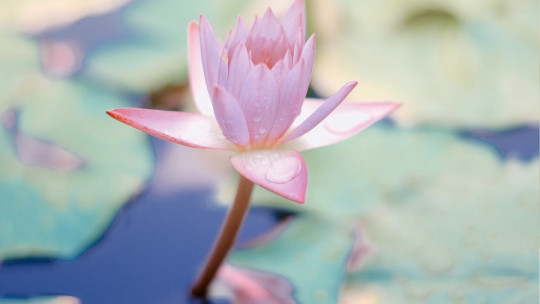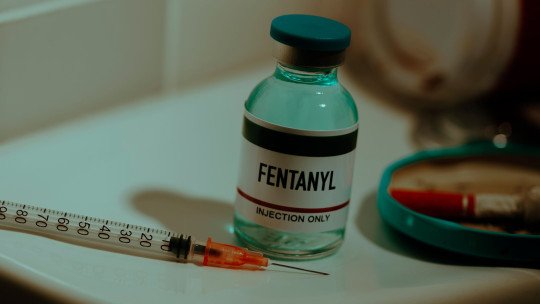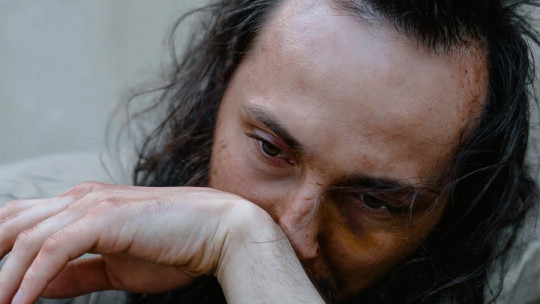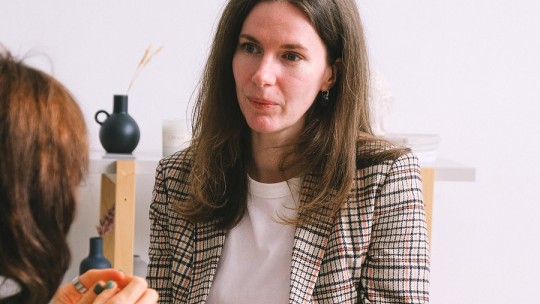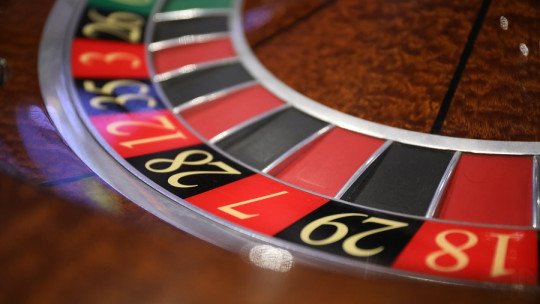The World Health Organization describes alternative therapies as those that refer to a broad group of health practices that are not part of a country’s tradition or are not integrated into its predominant health system.
We would be talking about practices, approaches and knowledge that incorporate plant-based treatments, minerals, personal growth therapies manual techniques and exercises aimed at maintaining well-being and participating in a complementary way in the treatment of various pathologies.
In this regard, the reality of addiction treatments (and therapeutic communities particularly) in Spain about 30 years ago was very different from what we know today.
At a general level, there was a lot of vocation and dedication in the task of helping people to overcome their addiction using conventional detoxification methods, while at the same time there was a lack of such specific training and the technical and human means of the specialized multidisciplinary teams that we have today.
In that scenario and in those moments in which even in Spain the term Mindfulness was almost not known, except in very specific circles, in the Therapeutic Community Llaurant la Llum They were already working in an avant-garde way using alternative therapies and techniques in a complementary way to traditional or orthodox treatments, such as, for example, guided meditation, self-improvement sports such as sport climbing, yoga, laughter therapy workshops, aromatherapy, music therapy. , etc.
Another view on supporting people with addictions
Within the therapeutic program that has been developed and implemented in Llaurant la Llum over 35 years, It has always been intended to carry out a comprehensive approach in the treatment of addiction in which the person has the best psychological and medical therapies at their disposal, while this work is complemented or reinforced with the regulated practice of various alternative therapies taught by professionals.

In conclusion, we can say that addictive behavior is normally accompanied by a personality in which blockages, existential voids, traumatic experiences coexist , poor management of negative emotions (guilt, anger, sadness…) and, in short, an enormous burden of discomfort and internal suffering. For all these reasons, any technique and therapy that can help stabilize patients should always be received as something positive and beneficial in the overall calculation of the treatment.
We must make available to patients the greatest variety of therapies and activities that we can offer, since everything they do from abstinence and with motivation for change will be something positive and perhaps decisive in their rehabilitation process.

